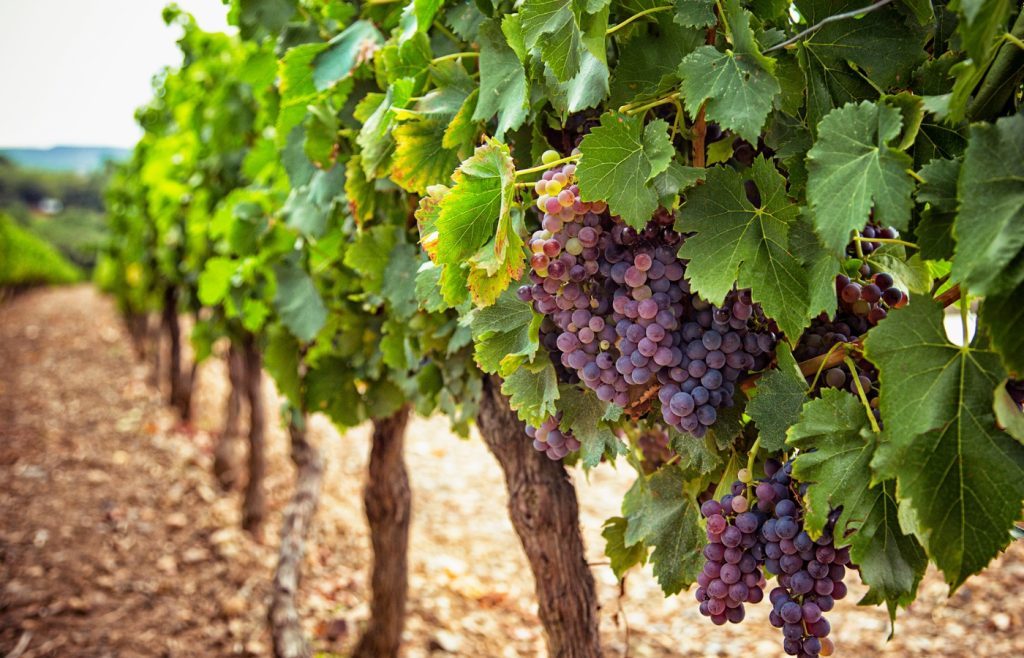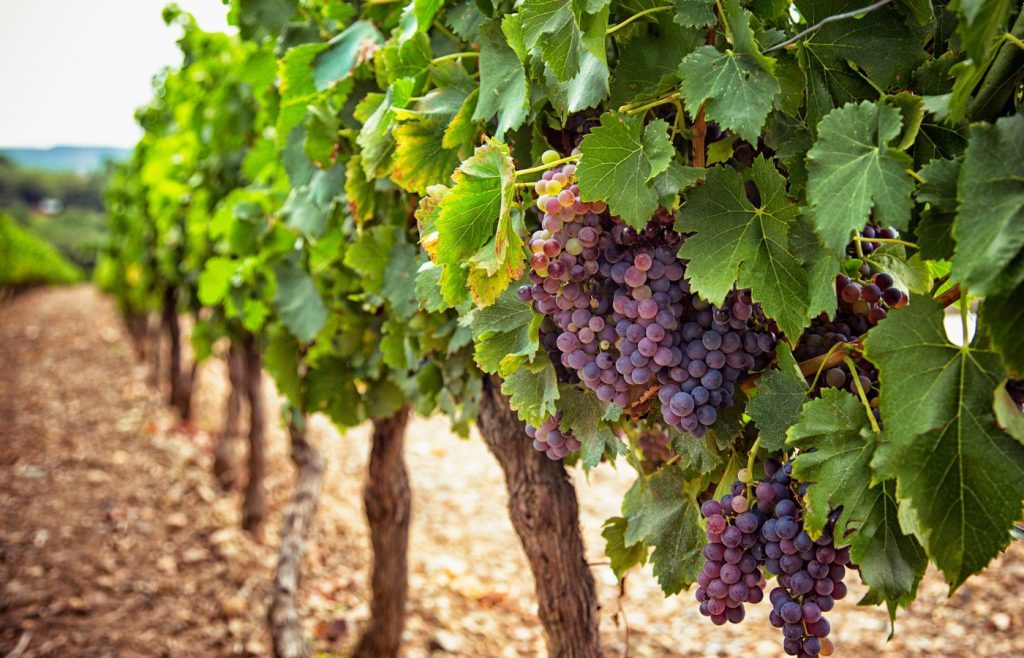The cultivation of vines is an ancient art that requires regular and meticulous care. This climbing plant, known for its delicious fruits, demands special attention to ensure an optimal grape production. Pruning is one of the fundamental steps in its maintenance, allowing for growth control and improved yield.
Essential benefits of pruning for your vine
Pruning the vine is essential for managing this vigorous climbing plant. Without human intervention, the shoots become tangled, resulting in a dense and disorderly vegetation. This practice helps to structure the plant and balance its fruit production according to the strength of the vine.
Well-planned pruning promotes the production of high-quality clusters. By limiting their number, nutritional resources concentrate in the remaining fruits, resulting in juicier and tastier grapes.
This practice also ensures better sun exposure, which is crucial for the optimal ripening of the fruits.

Main pruning methods for your vine
The pruning techniques vary depending on the desired outcome and available space. Each method has its unique characteristics and is suitable for specific configurations, whether it be container gardening, trellising, or pergola growing.
The secrets of Royat cordon pruning
This traditional technique involves forming a permanent horizontal arm anchored on a wire.
The coursons, small shoots that bear fruit, develop regularly along this cordon. This method is particularly suitable for row-planted vines.
The main benefit of the Royat cordon lies in its ease of maintenance once the structure is established. The coursons are pruned each year to two buds, ensuring a regular and controlled production.
The advantages of Guyot pruning
Guyot pruning is characterized by the preservation of a long cane and a replacement courson. This method is perfectly suited for vigorous grape varieties and allows for excellent distribution of the clusters.
This technique requires careful trellising to keep the cane horizontal. It promotes generous production while facilitating maintenance work and harvest.
The art of gobelet pruning
The gobelet represents the traditional shape of Mediterranean vines. This pruning creates a self-supporting structure, without trellising, where the arms extend from the trunk like branches of a shrub.
This rustic method is ideal for hot and windy regions. It allows for good aeration of the clusters and facilitates their exposure to sunlight.
How to succeed in pruning your vine?
The success of proper pruning relies on using suitable and disinfected tools. A clean and well-sharpened pair of pruning shears allows for clean cuts, which are essential for the quick healing of wounds. Cuts should be made at an angle, just above a bud, to prevent water from pooling.
Careful observation of each vine guides pruning decisions. The vigor of the vine, its age, and its health status determine the intensity of the pruning required.
Ideal times to prune your vine
Winter pruning
Winter pruning occurs during the dormant period, between November and March. This structural intervention removes dead wood and shapes the future architecture of the vine. The optimal time is after severe frosts and before the first sap flow of the vine.
This pruning determines the harvest potential for the following year. It requires thoughtful consideration regarding the number of buds to retain based on the vigor of the vine.
Green pruning
Green pruning encompasses several operations carried out during the growing season. Tipping, shoot removal, and leaf removal help control excessive vegetation and optimize cluster exposure.
These regular interventions maintain a good balance between foliage and fruit. They enhance air circulation and facilitate potential treatments.

